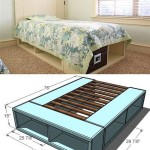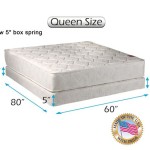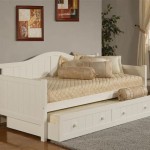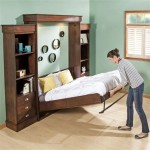Do You Need to Replace Bed Slats?
A bed's slats play a crucial role in providing support and durability. They distribute weight evenly, preventing sagging and extending the lifespan of your mattress. Over time, these slats can become damaged or worn out, necessitating replacement. Determining whether your slats need replacing requires a thorough inspection and an understanding of common signs of wear and tear.
Signs You Need to Replace Bed Slats:
Several indicators suggest that your bed slats are no longer functioning optimally and may require replacement. These include:
- Sagging or uneven mattress support: If you notice your mattress dipping or sagging in certain areas, it could be due to broken or weakened slats. This uneven support can lead to discomfort and back pain.
- Noisy bed: Squeaking or creaking noises emanating from your bed often indicate loose or broken slats. These noises can be disruptive and detract from a peaceful sleep.
- Visible damage: Inspect your slats for cracks, splits, or broken pieces. These signs suggest that the slats are no longer structurally sound and need to be replaced.
- Excessive flexibility: If the slats bend or flex excessively when you press down on them, they may be worn out and unable to provide adequate support.
- Age: Like any other component of your bed frame, slats deteriorate over time. If they are several years old, they may be nearing the end of their lifespan.
Benefits of Replacing Bed Slats:
Replacing worn-out slats offers several advantages, contributing to your sleep quality and overall well-being:
- Improved mattress support: New slats ensure even weight distribution, preventing mattress sagging and extending its lifespan. This results in a more comfortable and supportive sleep surface.
- Reduced noise and distractions: Replacing faulty slats eliminates squeaking and creaking noises, creating a more tranquil sleep environment. This can significantly reduce sleep disturbances and promote restful sleep.
- Enhanced durability: New, sturdy slats reinforce the bed frame, making it more robust and less prone to damage. This can increase the longevity of your bed and reduce the need for future repairs.
- Improved posture and comfort: Proper slat support helps maintain a neutral spine alignment during sleep, reducing pressure points and promoting better posture. This can decrease back pain and improve overall comfort.
Types of Bed Slats:
Bed slats are available in various materials and designs, each with specific advantages and drawbacks.
- Wooden slats: These are the most common type, known for their durability and natural aesthetic. They offer excellent support and typically come in different wood types, each with unique characteristics.
- Metal slats: Metal slats are typically more robust and less prone to warping or bending than wooden slats. They are also often more affordable, making them a practical option.
- Adjustable slats: These slats can be adjusted to provide a customized level of support and firmness. They are ideal for individuals with specific sleep preferences or back problems, allowing them to personalize their sleeping experience.
When replacing bed slats, consider the size, weight capacity, and material of your bed frame to ensure compatibility. Choose slats that are specifically designed for your bed type and intended use. Professional assistance may be required for certain bed frame types or if you are unfamiliar with the process.

Upgrade Your Bed With High Quality Replacement Slats

Bed Slats Vs Plywood Which Is Best For Your Frame

1 In X 4 5 Ft Pine Queen Bed Slat Board 7 Pack 231575 The Home Depot

Maintenance Replacing Bed Slats

Bed Slats Vs Box Spring Which Should You Use Eachnight

Wooden Bed Slats Replacement Available In 3ft 4ft

Twin Bed Wooden Slats Replacement Hardwood Mattress Support 39 Inches Length For Pack Of 13 Loose Com

Knickerbocker Bedbeam Deluxe Mattress Bed Slat Replacement System Queen P C Richard Son

Are Bed Slats Bad For Mattresses

Replacement Curved Wooden Bent Sprung Bed Slats Any Size Up To 915mm Long







